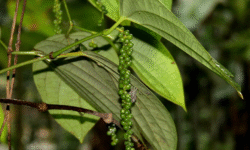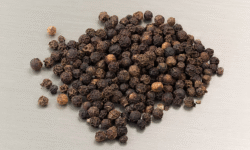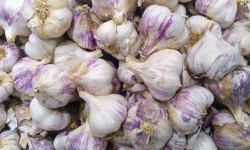Earth
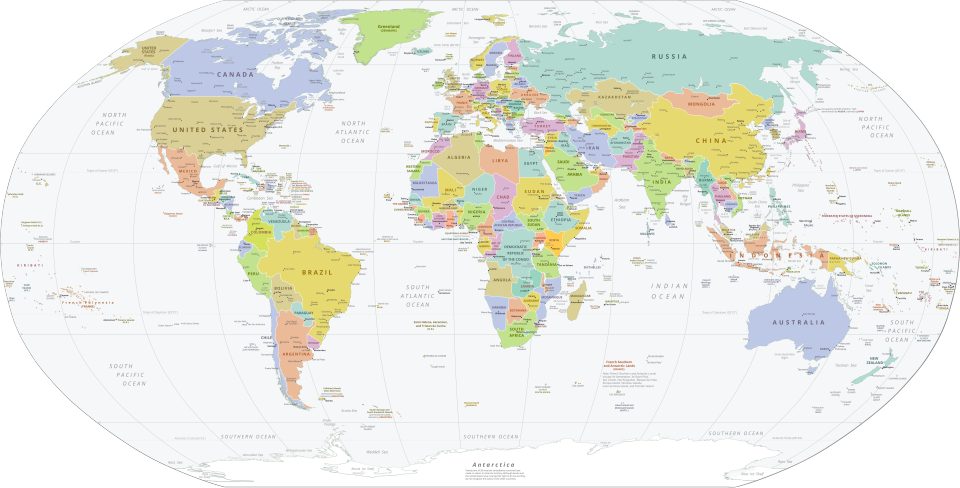
Introduction
Earth, the only known planet to support life, is a dynamic sphere composed of land, water, air, and living organisms. Thanks to its unique ability to sustain complex ecosystems, it has given rise to an extraordinary diversity of climates, terrains, and biomes. These natural conditions, combined with the ongoing interaction between natural forces and human activity, have shaped a vast mosaic of environments and cultures, each contributing to the planet’s rich culinary heritage. From frozen tundras to fertile river valleys, Earth’s varied landscapes have nurtured distinct forms of life, livelihoods, and food systems, revealing the deep connection between geography and gastronomy.
| Area (km² / sq mi) | 148,939,063 / 57,505,693 |
| Population | 8,221,819,023 (13-05-2025) |
Earth’s surface
About 29% of Earth’s surface is covered by land, comprising continents and islands of various shapes, sizes, and elevations. The landmass is dominated by four major formations: Africa-Eurasia, the Americas, Antarctica, and Australia. These are traditionally divided into continents, each characterized by a unique combination of topography, climate, vegetation, and human settlement. The landforms found within these regions include soaring mountains, vast deserts, fertile plains, and rugged plateaus. Over time, human culture and agriculture have adapted to and transformed these terrains, giving rise to foods that are deeply connected to their place of origin, from high-altitude grains to desert-preserved meats.
The remaining 71% of Earth’s surface is covered by the world ocean, a continuous body of saltwater that connects all continents and has shaped climates, trade, and diets for millennia. Divided into the Pacific, Atlantic, Indian, Southern, and Arctic Oceans, this immense aquatic world is home to a complex underwater landscape, with vast mountain ranges, deep-sea valleys, and areas rich in marine life. Civilizations along the coasts have developed diets rich in seafood, algae, and salt-preserved products, reflecting the marine environments in which they thrive.
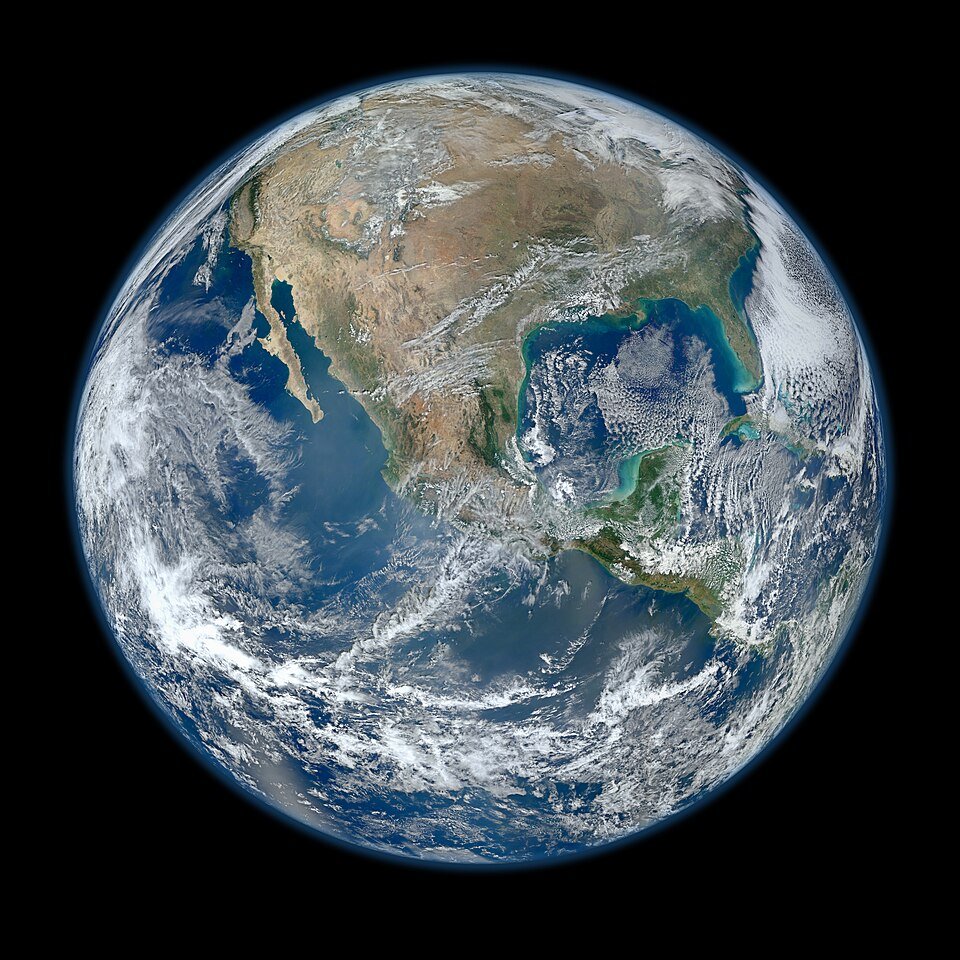
Much of Earth’s land is covered with vegetation, but significant portions consist of deserts, ice sheets, or permafrost, which limit agricultural use. Only about 11% of the land is arable, and less than 2% is permanent cropland. This uneven distribution has historically led to both abundance and scarcity, influencing human diets and social structures. In fertile regions, complex cuisines developed around cereals, legumes and fresh produce; in other areas, preservation, foraging, and trade became essential survival strategies.
Earth’s biosphere (the global sum of all ecosystems, including the atmosphere, land surface, oceans, and all living organisms) is the result of billions of years of evolution, beginning in ancient bodies of water and expanding into forests, grasslands, and tundras. Over time, this biosphere has diversified into various biomes such as tropical rainforests, savannahs, and alpine regions, each supporting unique species and food webs. The concentration of biodiversity is highest in warm, humid regions like the equator, where edible flora thrive. In contrast, arid or polar zones are characterized by ingenuity in food sourcing, with techniques like fermentation and seasonal preservation.
Human Presence
The global human population, primarily concentrated in the Northern Hemisphere, has grown rapidly and unevenly. Most people now live in urban areas, where access to traditional food sources is limited, and globalized supply chains have become dominant. Despite this, food continues to be a powerful link to identity, memory, and place, even within cities. The movement of people, whether through migration, trade, or conflict, has facilitated the fusion of culinary traditions while also raising important questions about sovereignty, sustainability, and access to resources.
Today, Earth is divided into over 200 sovereign states, each defined by political borders but deeply interwoven through culture, climate, and shared histories. Although governed independently, these nations form a collective fabric that spans the globe, often represented by international bodies like the United Nations. These political entities not only shape international law and conflict, but also influence or threaten culinary heritage through policies on land use, trade, and intellectual property.
Earth’s divisions
The division of Earth’s landmass into continents is both a geographical and cultural construct that has evolved over time. There is ongoing debate about the exact number of continents, with some models recognizing as few as four (for example, combining Eurasia and Africa into Afro-Eurasia) and others proposing as many as seven. For the purposes of this project, we have chosen to adopt the model that divides the world into seven continents:
- Africa
- Antarctica
- Asia
- Europe
- North America
- Oceania
- South America
Products of the Earth
Source(s):
https://en.wikipedia.org/wiki/Earth
Photo(s):
1. US Government, Central Intelligence Agency., Public domain, via Wikimedia Commons
2. NASA/NOAA/GSFC/Suomi NPP/VIIRS/Norman Kuring, Public domain, via Wikimedia Commons

